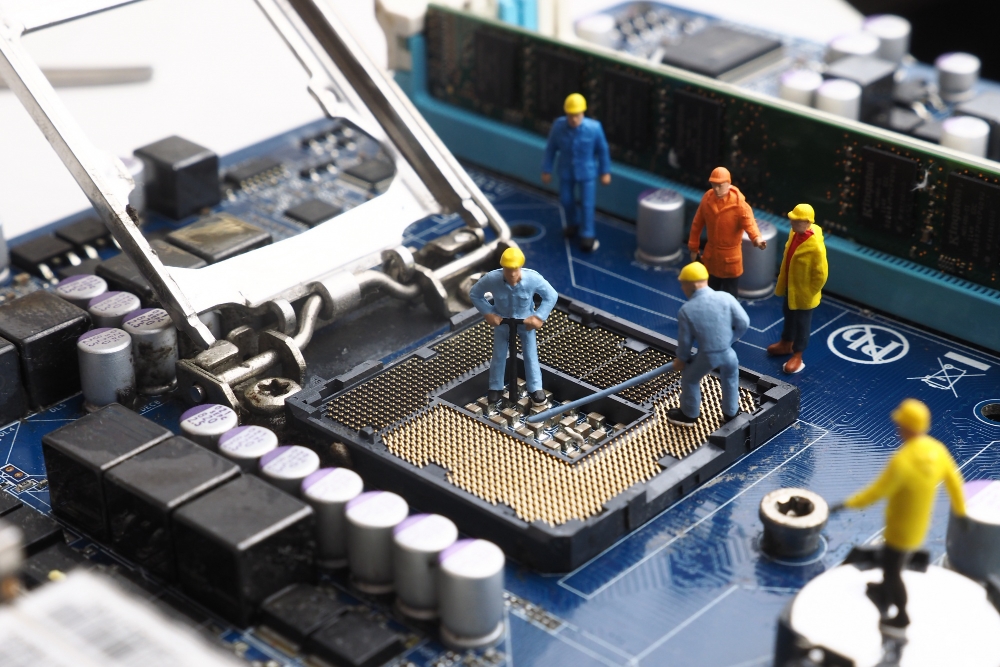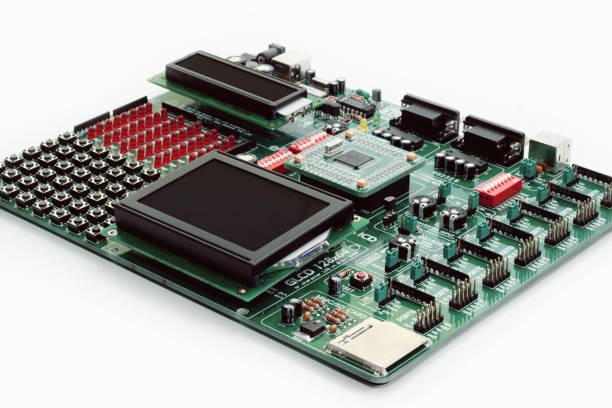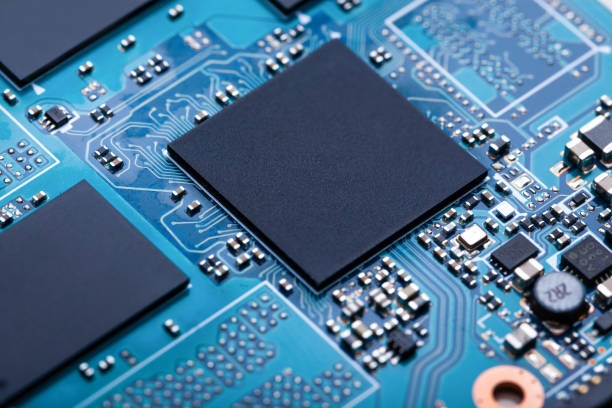Microcontrollers (MCUs) are compact integrated circuits that combine a microprocessor, memory, and peripherals into a single system. Widely used in automation, automotive electronics, communication devices, toys, and appliances, MCUs are essential to modern technology. This article explores the internal structure and operational mechanisms of MCUs, using a practical example to illustrate their functionality.
Internal Structure of a Microcontroller
Despite their small size, MCUs are intricately designed with several key components:
- Central Processing Unit (CPU): The core of the MCU, the CPU executes program instructions and determines overall performance.
- Memory: Includes random access memory (RAM) for temporary data storage and read-only memory (ROM, often Flash) for storing program code.
- Input/Output (I/O) Interfaces: Enable data exchange with external devices through interfaces like general-purpose I/O (GPIO), I2C, SPI, or UART.
- Timers/Counters: Timers provide timing functions, while counters track event occurrences.
- Analog-to-Digital/Digital-to-Analog Converters (ADC/DAC): Convert analog signals to digital or vice versa for CPU processing.
- Watchdog Timer (WDT): Prevents program errors by resetting the system if it deviates from normal operation.
Operational Mechanism of a Microcontroller
The operation of an MCU can be understood through the execution of a program. Below, a simple LED blinking program illustrates the process from startup to completion.
Example: LED Blinking Program
The following C code, written for an AVR microcontroller, configures a pin to toggle an LED on and off every 500 milliseconds:
#include <avr/io.h>
#include <util/delay.h>
int main(void)
{
DDRC |= (1 << DDC0); // Configure Port C, Pin 0 as output
while(1) // Infinite loop
{
PORTC ^= (1 << PC0); // Toggle Port C, Pin 0
_delay_ms(500); // Delay 500ms
}
}
Startup Phase
Upon power-on, the MCU performs a self-check to verify memory integrity. It then loads boot code from ROM (typically Flash memory), which initializes hardware, sets up the stack, and prepares the runtime environment.
Code Execution
After initialization, the CPU executes the program. In the LED example, it configures Port C, Pin 0 as an output, then enters an infinite loop. Within the loop, the CPU toggles the pin's state and introduces a 500ms delay, causing the LED to blink approximately once per second.
Interrupt Handling
During execution, external events (e.g., button presses or sensor triggers) may generate interrupts. The CPU pauses the current task, saves its context, and executes the corresponding interrupt service routine (ISR). Once complete, it restores the context and resumes the original task.
Program Termination and Looping
In the LED example, the program runs indefinitely due to its infinite loop, stopping only if power is cut or the MCU is reset. In more complex applications, the MCU may perform varied tasks, but the core execution logic remains similar.
Conclusion
Though compact, MCUs achieve diverse tasks through sophisticated design and program execution. Their flexibility and functionality make them indispensable in modern electronics, powering everything from consumer devices to industrial systems.
 ALLPCB
ALLPCB







